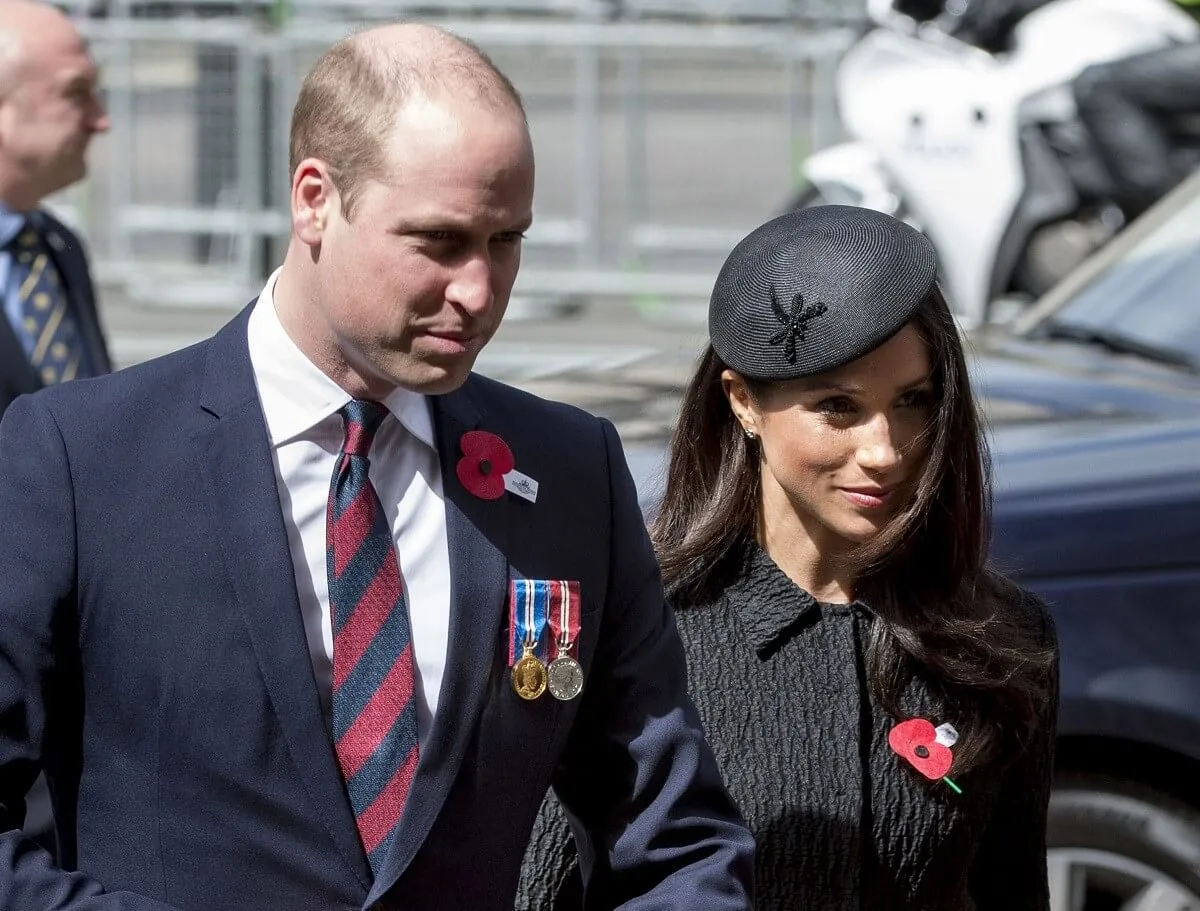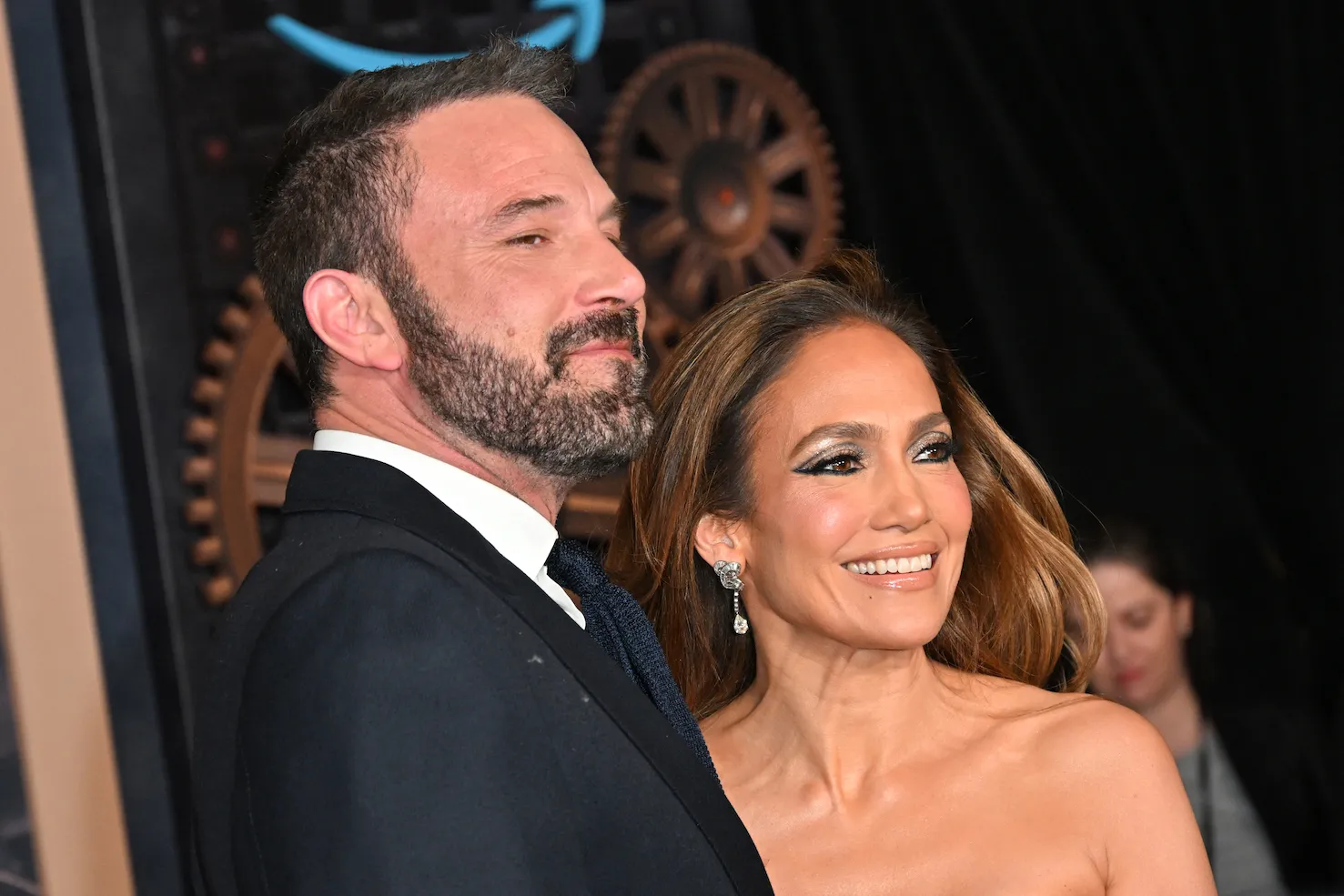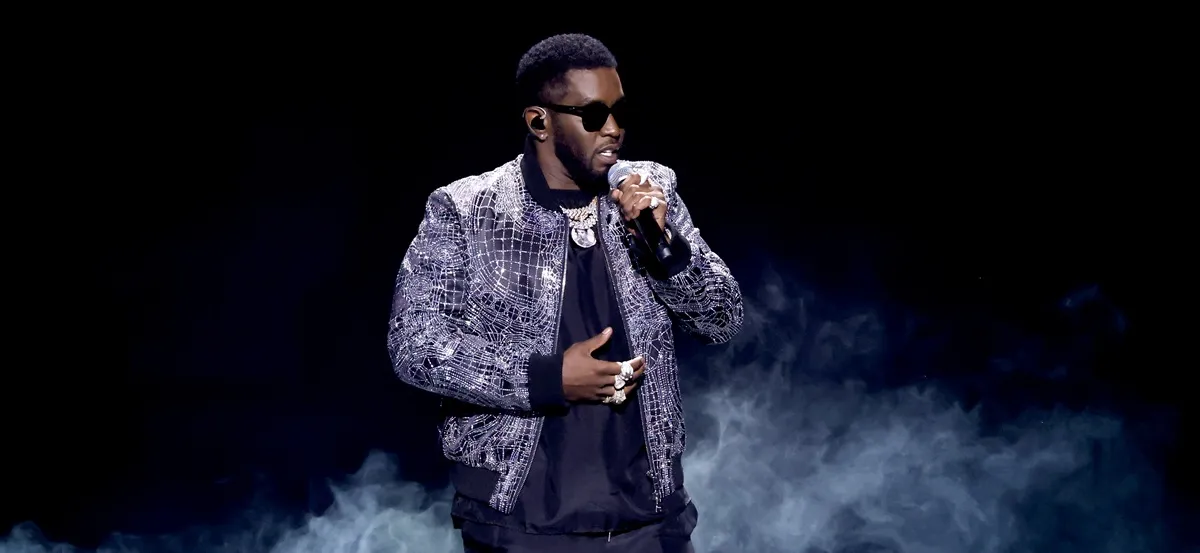Which Beatle Had the Biggest Hit Single as a Solo Artist?
As a band, The Beatles were as sure a thing as record companies ever saw. Their RIAA certified sales total amounts to more records in America than Led Zeppelin and the Rolling Stones combined. Worldwide, The Beatles have sold over 500 million albums.
Throughout the 1960s, the band’s singles and LPs routinely shot to No. 1. In fact, of the band’s many studio albums, the only ones that didn’t top the charts were held back by other Beatles albums.
After the band parted ways in 1970, it came time to see if each former Beatle could replicate the same success on their own. Well, the answer was yes. John Lennon, Paul McCartney, and George Harrison all had No. 1 albums within two years of The Beatles’ breakup.
Meanwhile, every Beatle scored multiple No. 1 singles as a solo artist. Starting with George’s “My Sweet Lord” in 1970, the Fab Four continued owning the charts throughout the ’70s. But one track from the early ’80s stands as the biggest hit a Beatle ever had on his own.
Paul’s ‘Say Say Say’ stands as the biggest Beatle solo hit.
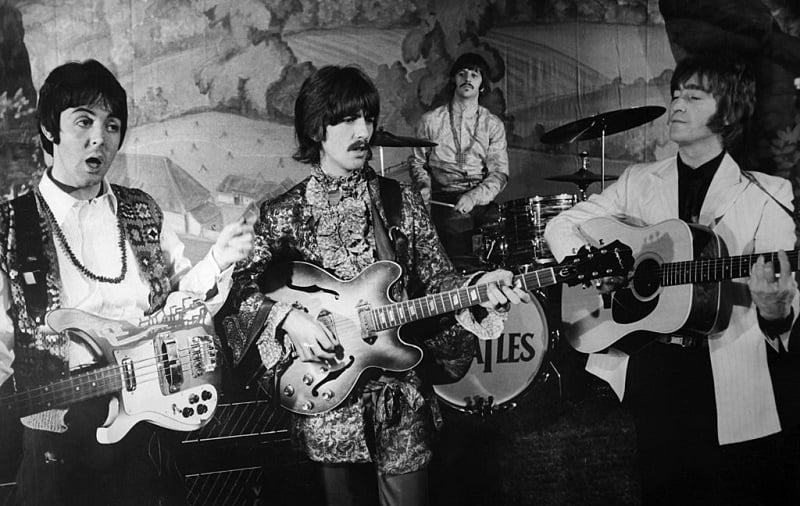
By the early ’80s, Paul saw the benefits of teaming up with the next generation’s biggest pop stars. In ’83, he partnered up with Michael Jackson himself for “Say Say Say,” a tune that peaked at No. 1 in December. It stayed on top of the charts for six weeks, making it the biggest Beatle solo hit.
“Say Say Say” hung around the Billboard Hot 100 for a full 22 weeks. That type of run is extraordinary, but it wasn’t really anything special for a Beatle. After all, George would match that run with “Got My Mind Set on You,” his No. 1 from later in the decade.
In 1980, shortly after John passed away, his “(Just Like) Starting Over” hit No. 1 and also stayed on the charts for 22 weeks. If you argue John got a sympathy bump and Paul was helped by MJ, that would make George’s big hit rise above the pack.
However, Paul also had a No. 1 (“Coming Up”) stay on the charts for 21 weeks. And his “Ebony and Ivory” with Stevie Wonder ruled the charts for seven weeks — longer than any other Beatle managed on his own.
The negative part of Paul’s collaboration with Michael Jackson
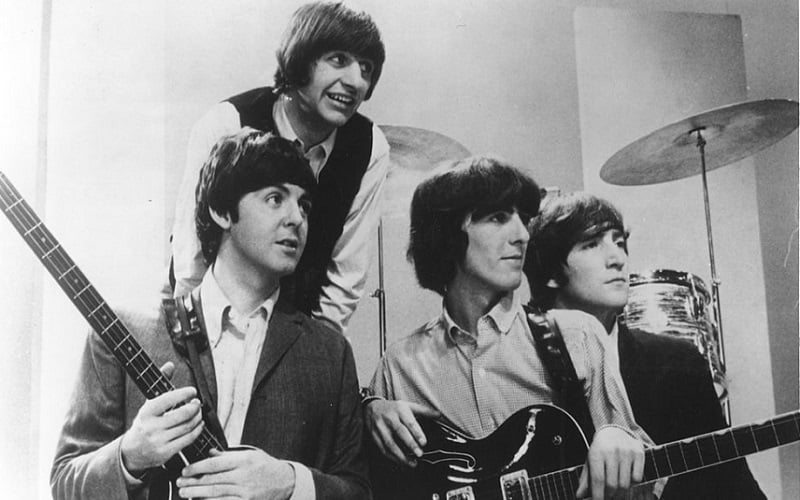
When Paul recorded with MJ, they got along well and enjoyed great success together. Paul also felt like offering advice to the younger Michael: He told him about the value of owning music publishing rights and how he and John lost theirs in the ’60s.
That came back to haunt Paul. A few years after their collaboration, Michael outbid Paul on the Lennon-McCartney songbook that had come up for auction. That meant MJ controlled all the music Paul had written while with The Beatles.
The “Say Say Say” collaboration would also end up being the last time one of Paul’s songs hit No. 1 on the charts. But that’s not the case with his albums. Paul, who’s had five No. 1 albums since he went solo, last topped the charts in 2018 with Egypt Station.
Old Beatles habits die hard.
Check out The Cheat Sheet on Facebook!
